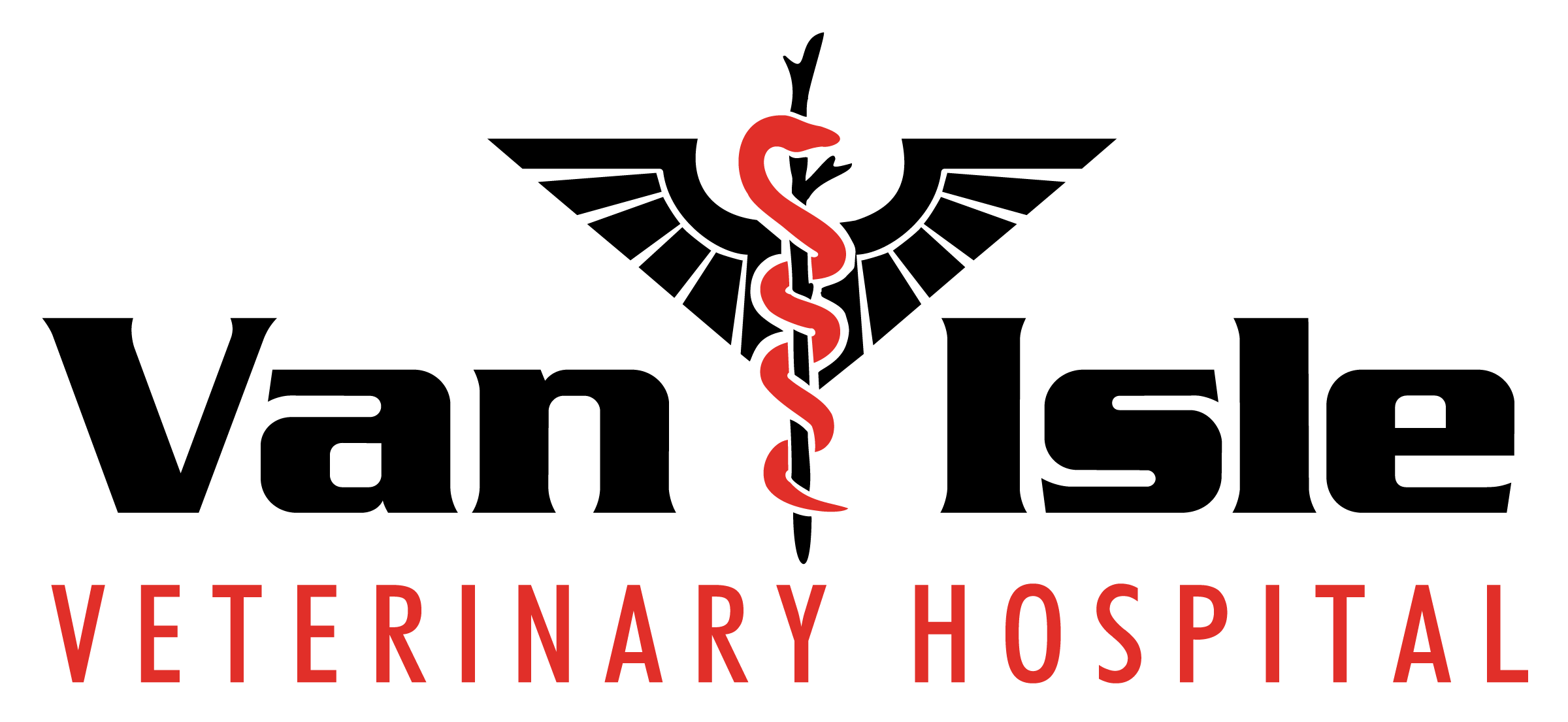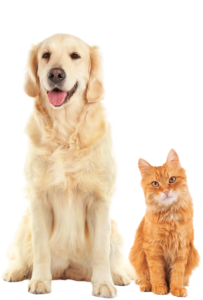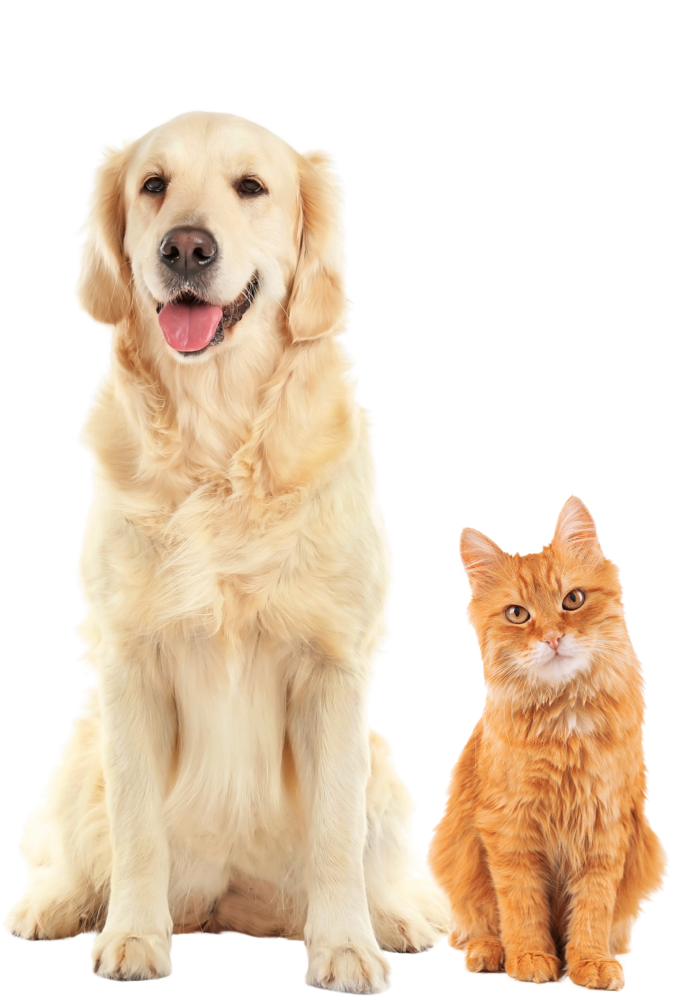Q: What is a gastro intestinal foreign body obstruction?
A gastro intestinal foreign body obstruction can be almost anything that your pet ingests that cannot pass through the digestive system due to its size, shape or consistency.
The blockage may occur at any point in the gastro intestinal track from the esophagus through to the lower intestines.
Q: What items around my house should I be concerned about and are all dog specific toys safe?
Things to be concerned about include, but are not limited to, socks, underwear, raw and cooked bones, stuffing from blankets, children’s toys, rocks, golf balls, sticks, ear plugs, string, corn cobs, garbage and plastic. We’ve even retrieved remote control pieces and fishing hooks! Never assume all dog toys are safe. Always monitor your pet when introducing a new toy making sure he won’t try to ingest it. Tennis balls and stuffed toys tend to be a common culprit.
Q: How will I know if my pet has an obstruction?
Clinical signs of gastro intestinal foreign body obstructions vary from mild to severe. Symptoms may come and go as the foreign body moves along the gastro intestinal tract. Depending on where the obstruction occurs, symptoms include nausea (drooling and licking lips), choking, anorexia, vomiting (usually after eating or drinking), diarrhea or straining to defecate. Your pet may also exhibit signs of pain such as excessive panting, reluctance to play, walking with a hunched posture, or yelping when picked up.
Q: How will my veterinarian diagnose this and what kind of medical treatment should I expect?
Your veterinarian will start with a thorough physical/oral exam. He/she will want a pretty extensive history from you such as when the symptoms first started, has he eaten anything abnormal, been in a different environment, anything missing around the house, does he often get into garbage, etc. The next step involves radiographs to try and locate the object or changes in the stomach and bowel patterns. Sometimes we use a barium study where an oral dye is ingested and further radiographs are taken to follow the passage of the dye. Both radiographs and barium studies can also rule out suspected foreign body obstructions so your vet can look for other reasons why your pet is exhibiting some of the above mentioned symptoms. We may also use the endoscope as a diagnostic tool to visualize the stomach and upper gastrointestinal tract. Endoscopy is a non-invasive means of diagnosis and treatment, in many cases preventing unnecessary surgery. An endoscope consists of a camera and light source and can be used to visualize the nasal passages, ear canals, airways, esophagus, stomach and colon. Videos and pictures of the procedure can be recorded and biopsies can be obtained with minimal trauma to your pet. The endoscope has proved especially useful in cases such as gastro intestinal foreign bodies. Once located, treatment depends on the type of obstruction and where it is found.
If your veterinarian suspects it may pass on its own, your pet may be started on pain medications and intravenous fluids with follow up x-rays later that day to track its movement. If the object has become lodged in the esophagus, stomach, or upper small intestines, your veterinarian may be able to retrieve the object using an endoscope with special forceps while under general anesthetic. If retrieval is successful, this means avoiding surgery and the associated risks, pain, and longer recovery associated with it. In some cases the object is too big, has perforated, or is too far down the intestinal tract for the endoscope to retrieve and the only option at this point is an exploratory laparotomy (surgery). Your veterinarian will be able to determine prognosis for recovery and recovery time depending on your pet’s individual circumstances.
Q: How can I prevent this from happening to my pet?
You can help prevent foreign body obstructions by keeping things that your pet may ingest out of reach and not leaving him unattended with toys he could potentially pull apart and swallow. If your dog is a known offender, you may want to crate train him while left home alone. If you have one of those dogs that no matter what you do or how hard you’ve trained still eats everything under the sun and your walks consist of you racing to the potential “treasure” before he has a chance to grab it and swallow it whole, you may want to try a cage muzzle. With the proper use and right fit, dogs can enjoy walks outside with their owners as well as a little more freedom to explore. Even though this may sound extreme, the consequences of a foreign body obstruction can be severe, not to mention expensive, so prevention is absolutely the best medicine.
Written by Van Isle Veterinary Hospital




